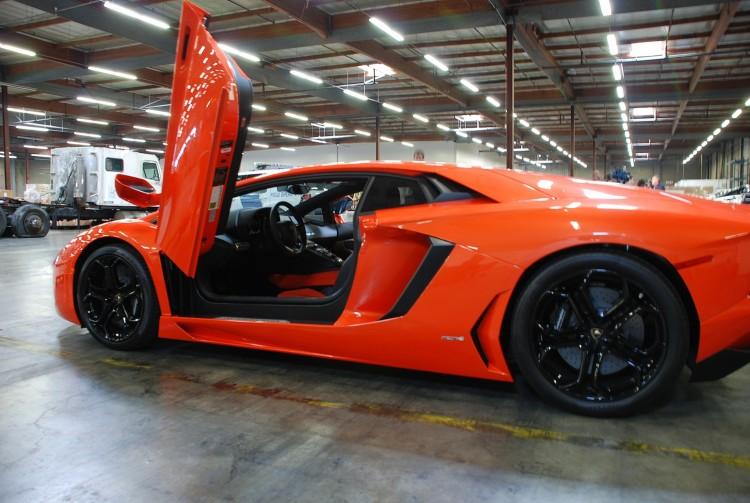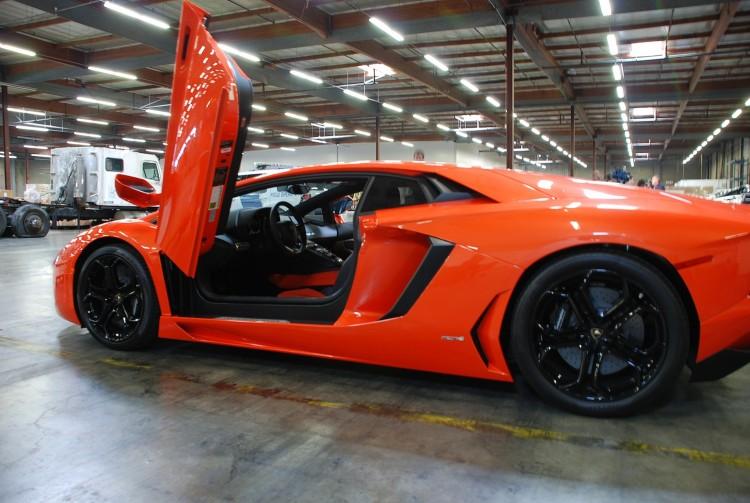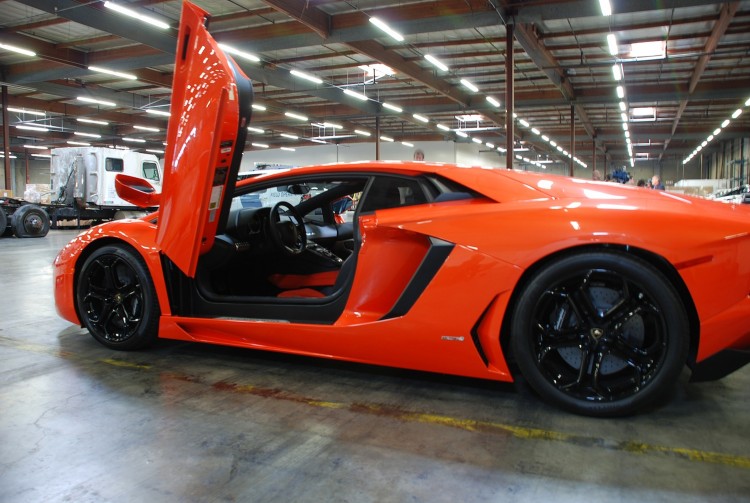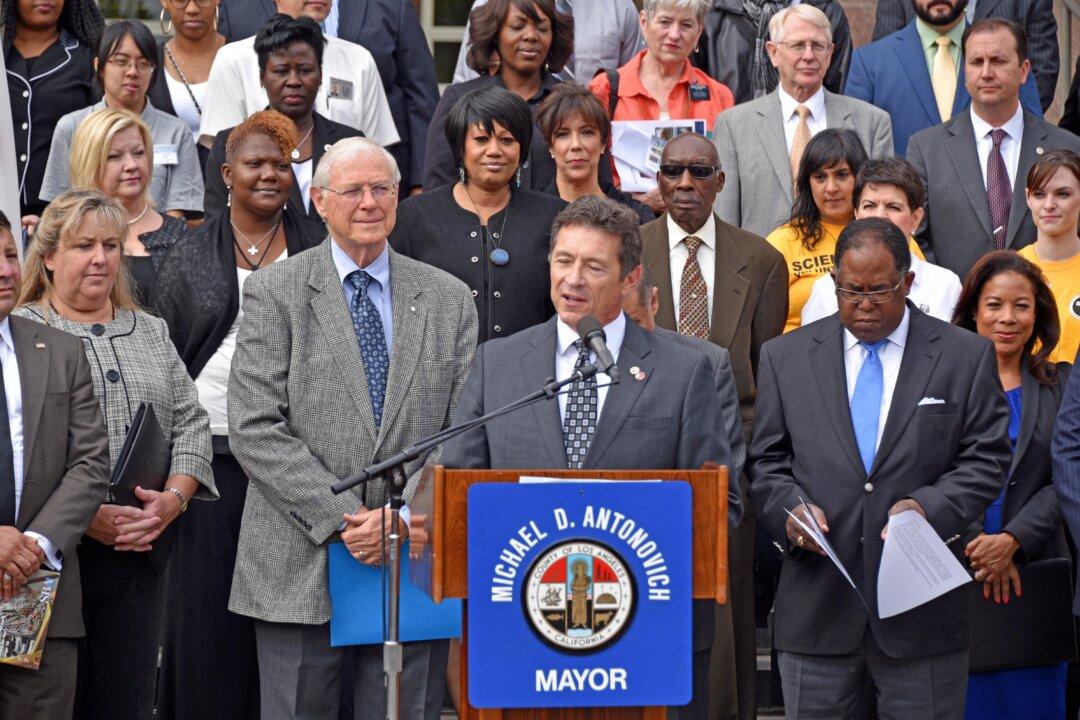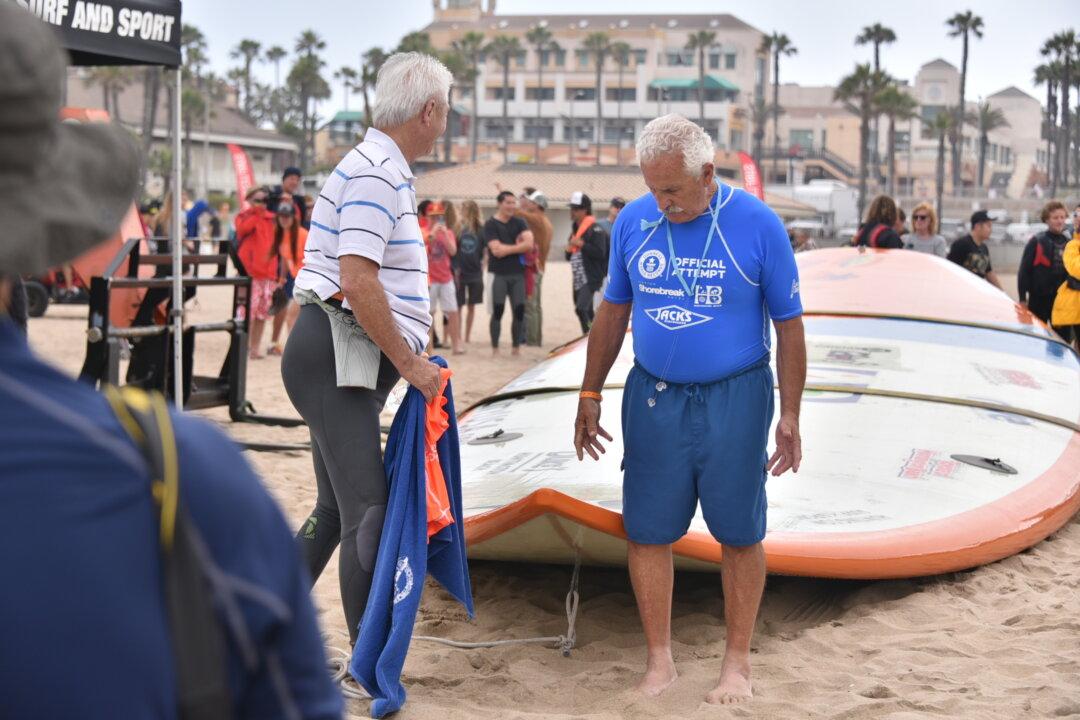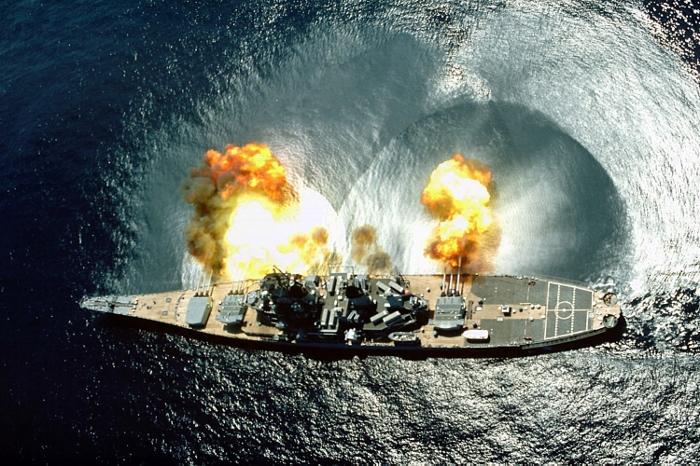LOS ANGELES—Hot cars sit near the pier. Hot-looking and hot—as in stolen—the vehicles will be returned to their owners. The 20 luxury cars on display are only a small percentage of stolen goods being exported to Asia for sale.
According to a press release from the U.S. Customs and Border Protection (CBP) and the Outbound Enforcement Team (OET), these particular vehicles were bound for Hong Kong and Vietnam. The OET regularly audits warehouse manifests to compare serial numbers and descriptions of container contents. Inspectors check online to determine if a vehicle that is outbound has outstanding leases or loans, or is stolen.
Recent audits found 20 stolen outbound vehicles.
The vehicles were listed as used fitness equipment. Among them were a Lamborghini, a Ferrari 458 Italia, and other models such as the BMW, Infiniti, Lexus, Mercedes, and Audi brands. The cars had a combined estimated value of $1.5 million, according to the CBP.
In fiscal year 2011, the CBP at Los Angeles/Long Beach Seaport seized 61 vehicles and 49 engines set for overseas delivery. Of that total, 24 were stolen, 73 were undeclared, 7 were undervalued, and 6 had fraudulent documents, the CBP said in a statement.
Losers in the Game
CBP officers discovered that smugglers using false identities had leased or purchased the new vehicles, defrauding several local California dealerships, financial institutions, and insurance companies. If the vehicle is leased or has a loan, it cannot be released for export to another country, according to Carlos Martel, director of field operations in Los Angeles for U.S. Customs and Border Protection, reported the Monterey Herald.
